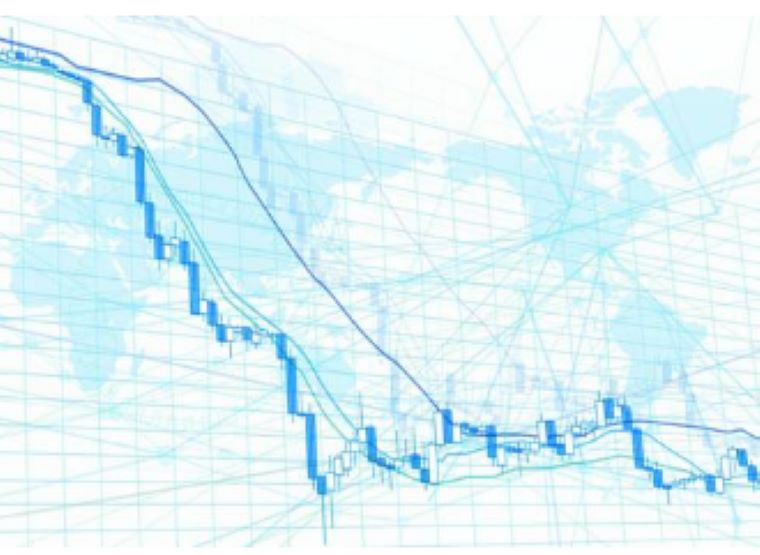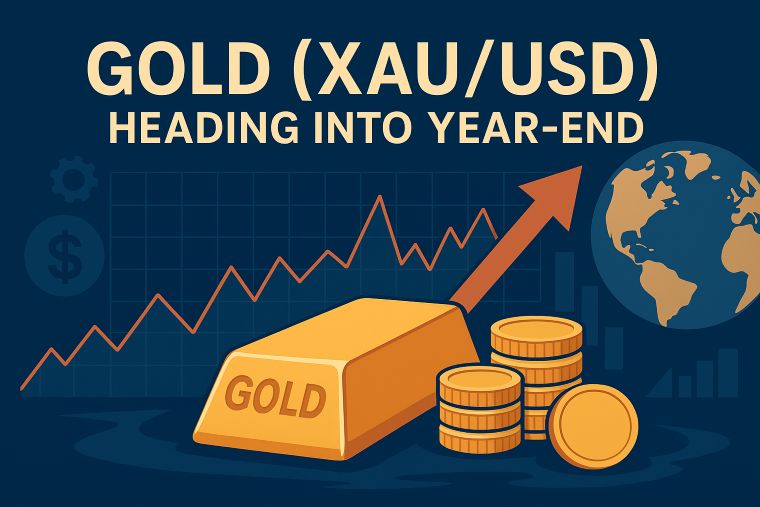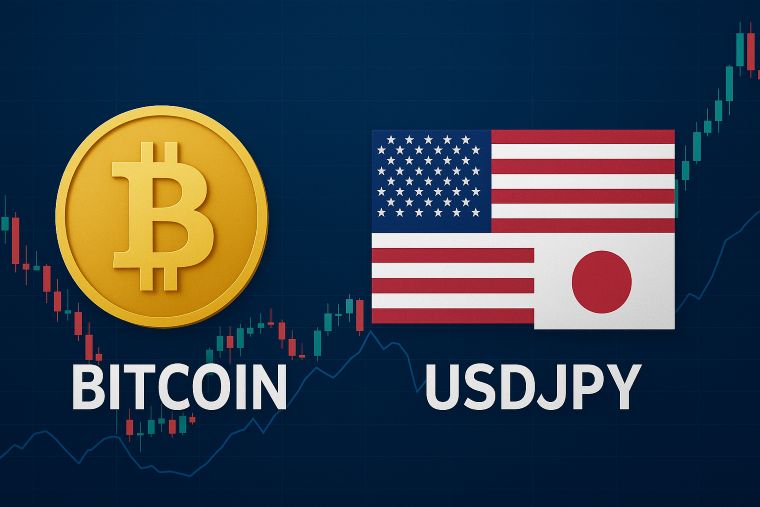2 min to read
The cautious sentiment towards the debt ceiling issue
the recent Asian stock market gains have limited the movement of risk aversion.

“The cautious sentiment towards the debt ceiling issue”
The financial markets have been cautious in light of the debt ceiling issue and the recent bullish performance of Asian stocks, resulting in a subdued risk aversion atmosphere.
At the beginning of the week, the USD/JPY commenced trading around the previous week’s closing level. It briefly touched 138.03 yen but experienced a temporary setback thereafter. The dominant factor behind this decline was the prevailing concerns regarding the US debt ceiling issue, which prompted a notable increase in dollar selling pressure. President Biden engaged in discussions with Republican Chairman McCarthy during their return flight from the G7 summit. Although reports suggest that further discussions will resume today, a substantial gap still exists between the government and Republican positions, and no agreement has been reached thus far. Consequently, the USD/JPY dipped to approximately 137.50 yen, while the EUR/USD rose from the 1.0800-dollar level to 1.0830, signifying a general weakening of the dollar.
However, a subsequent correction ensued. In the afternoon, the USD/JPY rebounded to around 137.90 yen, nearly recouping the morning’s losses. The Nikkei, which initially opened in negative territory, reversed its course and surged more than 200 points into positive territory during the morning session. The Hong Kong Hang Seng Index and the South Korean composite index also displayed robust performance, providing support to the USD/JPY and yen cross pairs due to the prevailing risk-on sentiment.
Initially, the EUR/JPY declined from 149.20 yen in the morning to 148.84 yen, but later recovered to 149.10 yen in the afternoon due to USD/JPY repurchases.
Considering these circumstances, it is anticipated that the April PCE deflator will exhibit a slight increase from March’s +4.2% to approximately +4.3% YoY. The core deflator is projected to remain at the same level as March, standing at +4.6% YoY.
Should the growth fall below expectations, similar to the CPI, it is expected that the dollar will face selling pressure. Conversely, if the growth exceeds market expectations, it will likely fuel the rekindled anticipation of a June rate hike, further bolstering the dollar. Given the recent strength of non-price indicators such as employment statistics and retail sales, there exists a notable risk of surpassing expectations. This scenario could potentially trigger a rapid surge in the USD/JPY exchange rate.
Visit XM Official Website.

